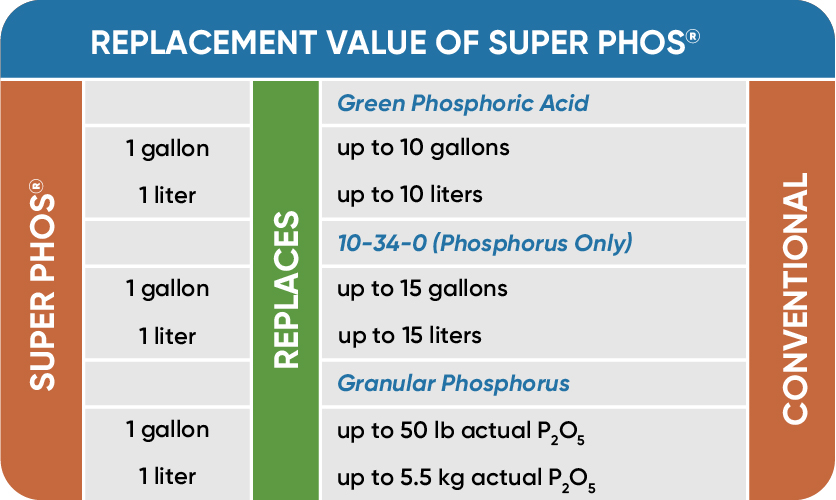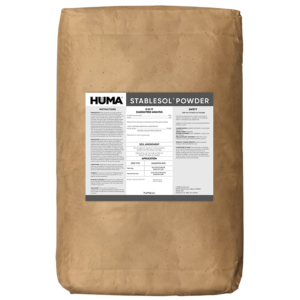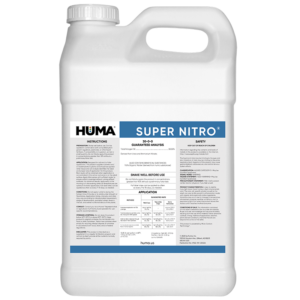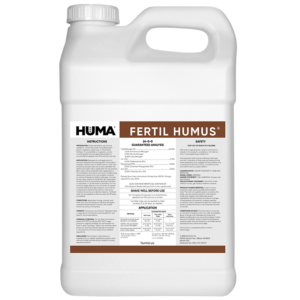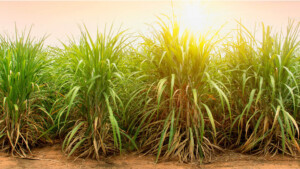SUPER PHOS
Benefits of Use:
- 15 times more efficient than conventional 10-34-0
- Resists “tie-up” with calcium or aluminum to remain water soluble and available to plant roots
- Moves with irrigation water to aid in proper placement
- Can be tank-mixed to improve availability of other phosphorus solutions
- Is non-salt-forming
- Aids in phosphorus uptake in cold or waterlogged soils
- Is useful in the cleaning and maintenance of drip irrigation systems
- Aids in phosphorus uptake in high pH or calcareous soils
Deficiency Symptoms-When to Apply:
- Slow growth; stunted plants
- Purplish coloration on foliage of some plants (older leaves first)
- Dark green coloration with tips of leaves dying
- Poor grain, fruit, or seed development
FAQs
Related Products
Related Case Studies

Huma Liquid Products on Nebraska Corn
Background: Huma's Micro Carbon Technology based products (Fertil Soil®, Super Phos®, and Vitol®) have been shown to improve germination, plant health and vigor, increase phosphorus availability, and improve farming sustainability and regeneratively. Objectives: The aim of this study was to assess the effect of feeding the soil, roots, and the plant itself with Fertil Soil®,
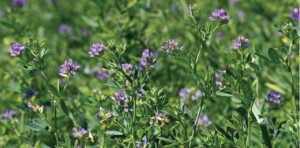
Huma® Improves Alfalfa Quality In the Southwest
Background All Huma® Inc. products are based on extractions of humic substances and other materials that can stimulate plant growth and improve crop quality. Objective The objective of this field trial was to evaluate the efficacy of applying Huma® products, specifically Encapsalt®, Super Phos®, Max Pak®, 44 Mag,® Vitol®, Super Nitro®, Breakout®, Fertil Soil®, Iro-Max®,

Huma® Improves Alfalfa Soil Biology In the Southwest
Background Industrial agriculture can degrade soil quality for crops by altering the total living microbial biomass of soil. Many practices and beneficial ag products have been introduced to the market to improve soil quality. Some of these products are humic substance-based products. Objective The objective of this trial was to evaluate the efficacy of applying
Related Blog Posts

This Week in Ag #4
Wednesday was Tax Day. For farmers, it was. Unlike the rest of us, farmers (and fishermen) file taxes on March 1. Due to the complexities of farming, including depreciation schedules for machinery, most farmers hire a professional tax preparer to help file their Schedule F. These are often independent accountants. And most are long-standing, often

Making Memories by Making Hay
Making Memories by Making Hay A nostalgic look back at the labor, sweat, and family memories made during hay season — from hand-stacking square bales to the arrival of the game-changing round baler.

Reaching Crop Milestones
Raising a crop takes more than seed and soil—it takes faith. Just like raising kids, farming is full of stages that bring joy, stress, hope, and awe. From emergence to canopy and tasseling to harvest, each milestone tells a story of patience, persistence, and purpose. Here’s a look at the defining stages that make farming not just a job, but a calling.


